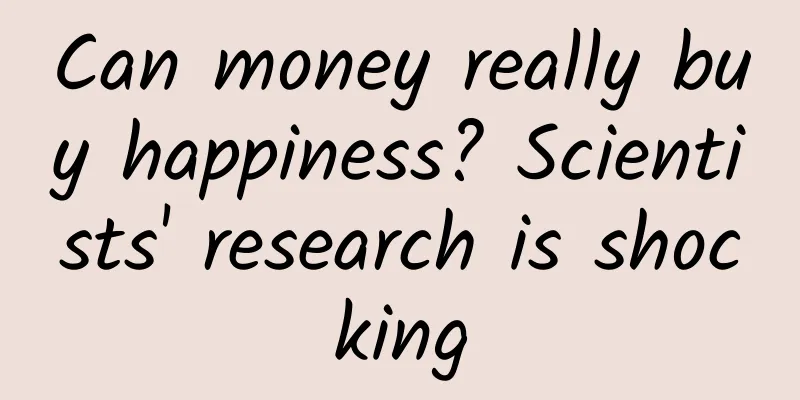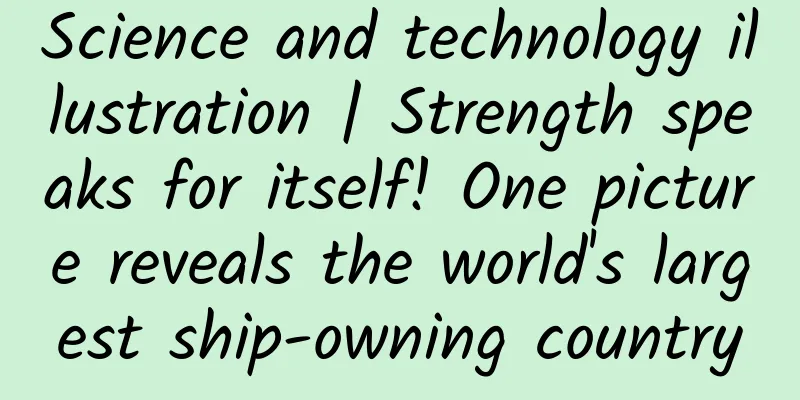Look, this is a "strip horse", you can sweep it!

|
This is a 1D code (barcode). This is a QR code. This is a "QR code". Image recognition by StripeSpotter | References [4] That's right, this "QR code" is the pattern on the body of a Grevy's zebra (Equus grevyi). Grevy's zebras are distributed in Kenya and Ethiopia in Africa and are the largest of all wild equids. However, in order to obtain their fur, poachers have hunted them on a large scale. Coupled with the loss of habitat, there are only about 2,800 Grevy's zebras left in the wild, and they have been listed as an endangered species. Grevy's zebras are taller, have larger ears, and narrower stripes than other zebras | Wikipedia In order to better protect these zebras, several scientists went through many twists and turns, and finally came up with an idea: use AI to "scan the codes" for the zebras . How to conduct a “horse population census”? Tanya Berger-Wolf, PhD, now director of the Translational Data Analytics Institute at Ohio State University and one of the earliest researchers in the field of computational ecology, started out with a simple idea: to protect Grevy’s zebras. Berger-Wolf studied computer science, but during her undergraduate studies, she also worked as a research assistant in the Department of Ecology. She was impressed by the contrast between the large amount of data in the computer field and the number of endangered species in real life . When she was about to graduate with her doctorate, she was deeply attracted by the Grevy's zebra. Can my computer skills help protect endangered species? In her communication with ecologists, she found that "counting" zebras was a difficult point . Ecologists have been trying to push Kenya to introduce policies to protect Grevy's zebras, but the local government, considering possible resistance, asked ecologists to conduct an accurate census of the number of zebras. Malaysia population census is difficult|Wikimedia commons At the time, there were no advanced methods for counting wild animals. Either zebras were captured and painted, or they were anesthetized and implanted with tracking devices . But these methods were expensive and time-consuming, and implanting the devices in zebras would cause wounds, exposing the zebras to the risk of infection. Because of "scanning code", a new discipline was born The only other option left was to take a photo and then manually compare the zebra stripes . This gave Berger-Wolff an idea for a new method: scanning the barcode. Like a human fingerprint, a zebra's stripes are unique . Ecologists take photos and compare them manually, but image recognition can automate this process . Berger-Wolf and her students explored this path, and soon a machine learning algorithm called StripeSpotter was developed. Scientists can turn their cameras into barcode scanners by taking a picture of a zebra and running the algorithm on a computer. After reading the image, the algorithm extracts features from the image and matches them with information in the database to confirm whether the animal has been tagged before. Just like scanning barcodes with scanners in supermarkets | TuChong Creative Although this image recognition sounds simple, due to the great differences in lighting, angles, and positions of different photos, even the same zebra may look very different in the images. Therefore, when training the algorithm, the researchers used thousands of zebra photos to obtain a stable matching pattern. Since we can scan the code using zebra stripes, can we use a similar method for other animals with patterns? A new future powered by citizen science In 2013, Berger-Wolf and his collaborators released a new algorithm: HotSpotter. This algorithm can not only be used to identify zebras, but also be further applied to the establishment of biological databases such as giraffes, leopards and lionfish . After HotSpotter was released, Berger-Wolf further communicated with the Kenyan government to apply the algorithm in practice and completed an unprecedented zebra data survey in the local area. In the following years, the accuracy of this batch of data has been continuously verified. In theory, the algorithm could be expanded to identify more species, but Berger-Wolf lacked a key component: a powerful data management system . A chance encounter led her to a solution. Just as Berger-Wolf was trying to imagine "scanning the code" to count the number of zebras, another physicist, Zaven Arzoumanian, was strongly attracted to whale sharks. Whale shark with its mouth wide open | Tuchong Creative Although whale sharks are the largest living fish in the world, little is known about them. Azoumanian and his programmer partner Jason Holmberg also designed an algorithm to identify whale sharks and contacted whale shark biologists to launch a global call - asking amateur whale shark observers around the world to upload photos online, and the algorithm can identify individual whale sharks within seconds . From photos uploaded by more than 8,000 citizen scientists and scraped YouTube videos, researchers identified more than 12,000 whale sharks from more than 75,000 sightings. The data allowed the IUCN Red List to reclassify whale sharks as endangered and determine that their population trend is declining , rather than stable as previously thought. After their initial success with whale sharks, Azoumanian and Holmberg wanted to expand their research. However, their algorithm was not powerful enough, but they had a complete data management system - something Berger-Wolf lacked. The three parties worked together to replace the original algorithm with HotSpotter and use the existing data management system to start an ambitious project - to build Wildbook, which is the Facebook of animals . Combining wildlife research, citizen science and computer vision , the ultimate goal is to be able to identify individuals of animal species on the earth. In this way, whale sharks, zebras, and many other animals are not a vague name, but an individual with a past and future, full of stories. Wildbook uses AI to distinguish unique features of individual animals, such as the curvature of a whale's tail | Wildme One of Wildbook's funders is Microsoft's AI for Earth program , which has invested $50 million to support initiatives to use AI to solve environmental problems. "To date, scientists have only discovered about 1.5 million species, and estimates suggest there could be as many as 10 million species on Earth," said Josh Henretig, who oversees the program. "Of those 1.5 million species, less than 5% have been analyzed in detail. Some species are disappearing from our planet without us even knowing it." AI can help humans do more than just write emails, draw pictures, and serve as our personal secretary. Bill Gates once said that AI will help eliminate inequality in many areas, including education, healthcare, and climate change. Benefiting human society and protecting the planet we live on is the direction of AI's development for good. Author: Plath G Edited by: Yellowtail Pollock This article comes from GuokrNature (ID: GuokrNature) |
>>: Did Bai Juyi also suffer from depression? Is it the same as what we are talking about today?
Recommend
The latest generation of Android system is here! Detailed analysis of the new features of Android 12
Google held its annual Google I/O developer confe...
Why do most people prefer meat to vegetables?
Many people feel that a dish without meat has no ...
El Nino alert! Is the hottest year in history coming?
Recently, people in many areas have found that it...
Alibaba's global sales champion personally teaches sales secrets with a million-dollar annual salary
Course Description: Help you solve the problem an...
ReactNative native module development and release--iOS
[[166181]] I made a ReactNative App some time ago...
Why is China's Internet frequently integrating and ruining its own future?
[[154139]] 58 merged with Ganji.com, Alibaba acqu...
3 key factors and 6 routines for attracting new customers for To B products
Attracting new customers is a very important part...
Robots dance together in the dark kitchen. How do humanoid robots move from science fiction to reality?
Figure robot (Source: Figure) In the predictions ...
iPads are not selling well. Analyzing the story behind the tablet industry
Looking at the 2014 tablet shipment report, the n...
How much does it cost to attract investment in Ma'anshan Men's Clothing Mini Program?
Starting a business requires costs, and mini prog...
From 47% to 80%, Ctrip Hotel APP Fluency Improvement Practice
Author: Jin, senior R&D manager at Ctrip, foc...
It’s so cold! Temperatures dropped by more than 10℃ in many places
From February 12 to February 13, rain and snow wi...
A busy city is also a paradise? A forest city that Tao Yuanming could never have imagined!
Let the forest enter the city, and let the city e...
Regarding emotional topics, what are some money-making projects? After reading this, you will know how profitable emotional projects are
Yesterday I introduced to you a method of making ...
A widget dancing on a needle with shackles on its legs
Since iOS 10, when Apple made a major revision to...









